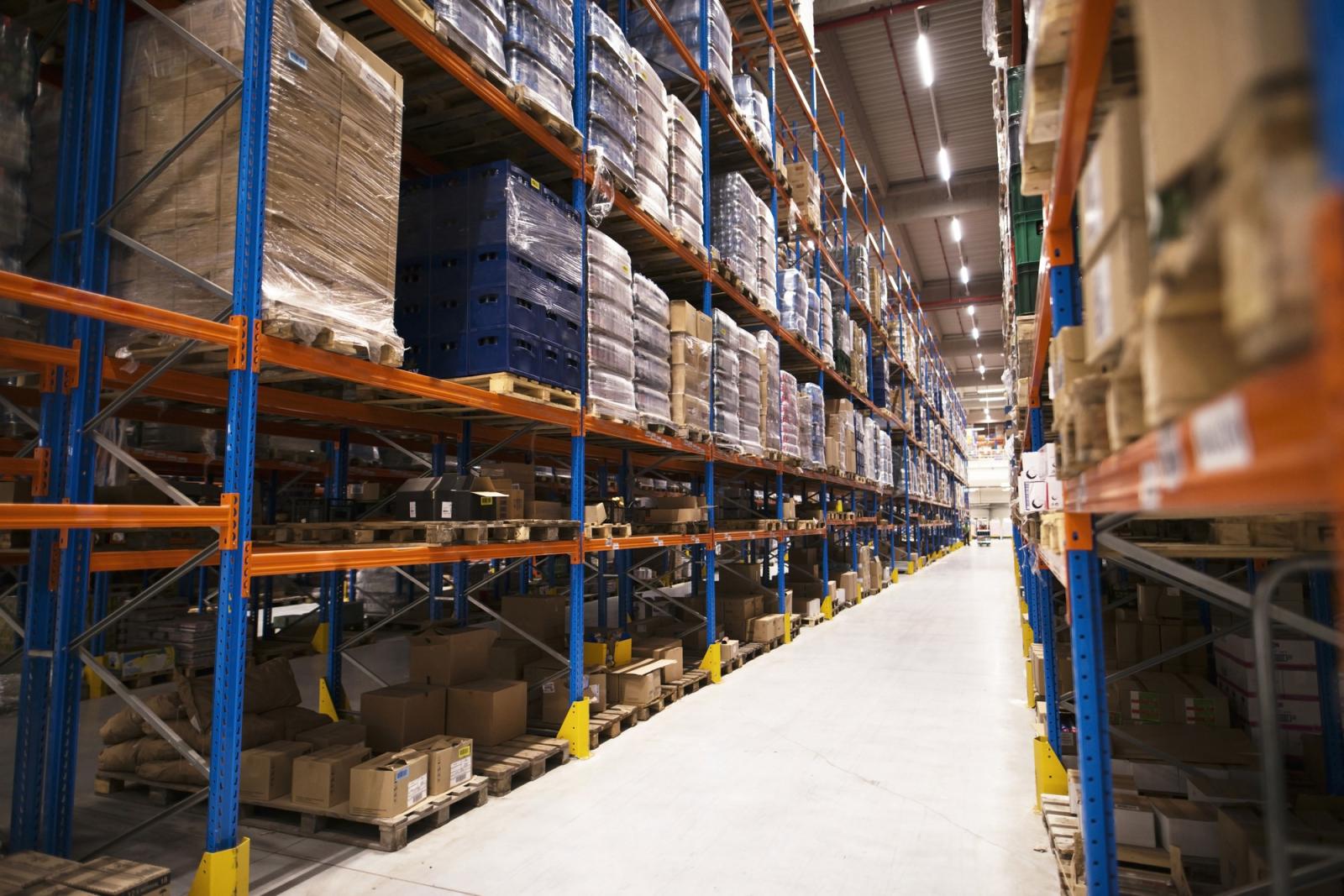Notifications

5 minutes, 43 seconds
-11 Views 0 Comments 0 Likes 0 Reviews

As the e-commerce industry continues to grow at a record pace, fulfillment has become one of the most critical elements of a successful online business. From timely deliveries to customer satisfaction, the way you manage fulfillment directly impacts your bottom line and brand reputation. Choosing the right fulfillment strategy can be the difference between a scalable, profitable business and one that struggles to meet expectations.
In this article, we’ll break down the major fulfillment options, their pros and cons, and how to determine which strategy is best for your unique e-commerce needs.
Fulfillment refers to the entire process of storing inventory, processing customer orders, picking and packing products, shipping items, and managing returns. While this sounds simple on the surface, it becomes increasingly complex as your business grows.
The right fulfillment strategy ensures speed, accuracy, and scalability while minimizing overhead costs and manual errors. It also allows you to meet customer expectations in an increasingly competitive landscape.
With in-house fulfillment, you handle every aspect of the process internally. This is common for startups or small businesses operating from a home or small office.
Pros:
Full control over operations
Direct oversight of inventory and quality
Potential cost savings for low order volumes
Cons:
Time-consuming and labor-intensive
Limited scalability
Space constraints can become an issue
A 3PL provider manages fulfillment on your behalf. This includes warehousing, picking, packing, and shipping.
Pros:
Scalable for growing businesses
Faster shipping through strategic warehouse locations
Frees up time for core business tasks
Cons:
Less control over inventory handling
Monthly service fees
Integration with your e-commerce platform may be required
In dropshipping, the supplier ships products directly to your customer. You don’t hold any inventory.
Pros:
Low startup costs
No need to manage inventory or warehouses
Easy to add new products
Cons:
Lower profit margins
Limited control over shipping speed and quality
Potential supply chain inconsistencies
This approach combines multiple strategies. For example, you may handle your best-selling products in-house while using a 3PL for other items.
Pros:
Greater flexibility
Ability to test different approaches
Improved risk management
Cons:
Requires robust inventory tracking
Can become complex to manage
If you're shipping a few orders per week, in-house fulfillment might be sufficient. As volume grows, a 3PL or hybrid approach may be more cost-effective and efficient.
Bulky or fragile items may require specialized storage solutions, which could make partnering with an e-commerce warehouse a smarter choice than managing storage yourself.
Modern consumers expect fast and affordable delivery. A fulfillment partner with multiple e-commerce warehouse locations across the country can help meet those expectations while keeping costs down.
Ensure your chosen fulfillment solution can seamlessly integrate with your e-commerce platform (Shopify, WooCommerce, Amazon, etc.) for real-time order updates, inventory tracking, and automated workflows.
Don’t overlook reverse logistics. Efficient return handling plays a key role in customer satisfaction. Some 3PLs offer built-in return management services to streamline this process.
Choosing the right fulfillment strategy comes down to your business model, goals, and growth stage. Ask yourself:
Do I have the time and resources to manage fulfillment internally?
Can I maintain accuracy and speed as order volume increases?
Will outsourcing improve customer experience and free up my time?
For many growing e-commerce brands, partnering with a 3PL or using a hybrid strategy offers the best mix of scalability, cost-efficiency, and service quality.
Fulfillment is more than just a back-end operation — it’s a critical driver of customer satisfaction and long-term business growth. By carefully evaluating your current and future needs, you can implement a strategy that not only keeps your orders flowing smoothly but also positions your brand for lasting success.
Whether you’re managing a startup or scaling an established store, aligning your fulfillment approach with your business goals is one of the smartest investments you can make.

